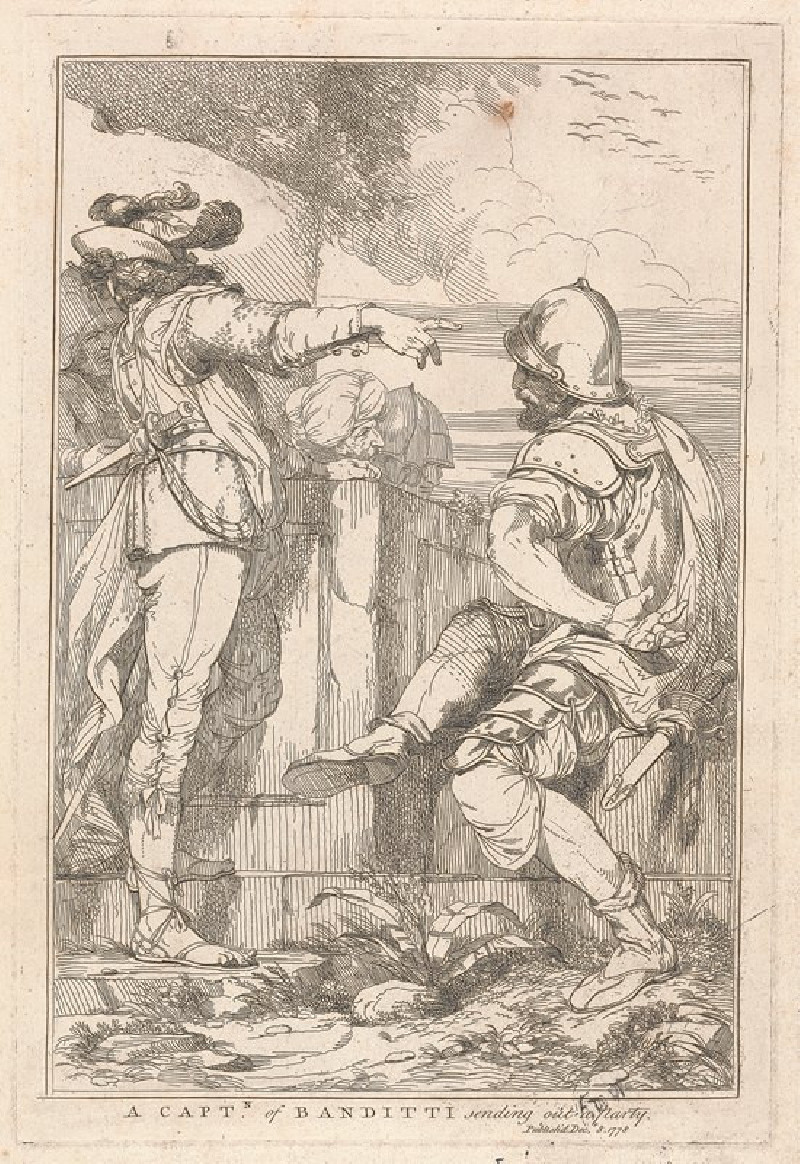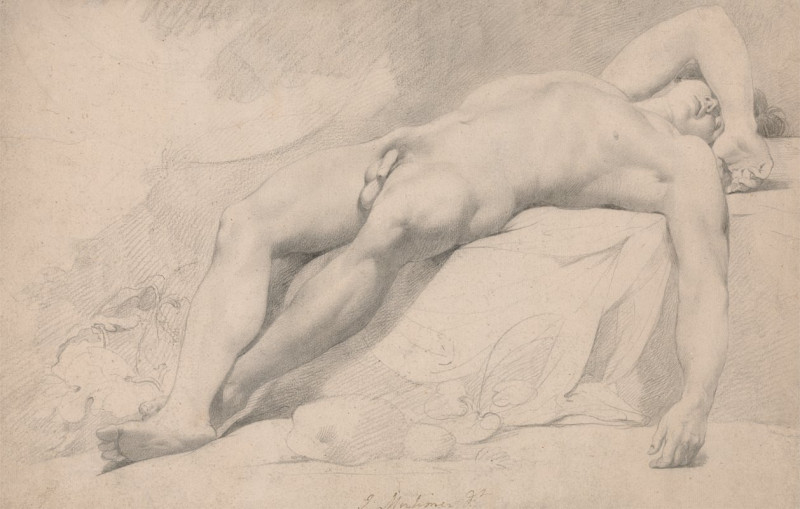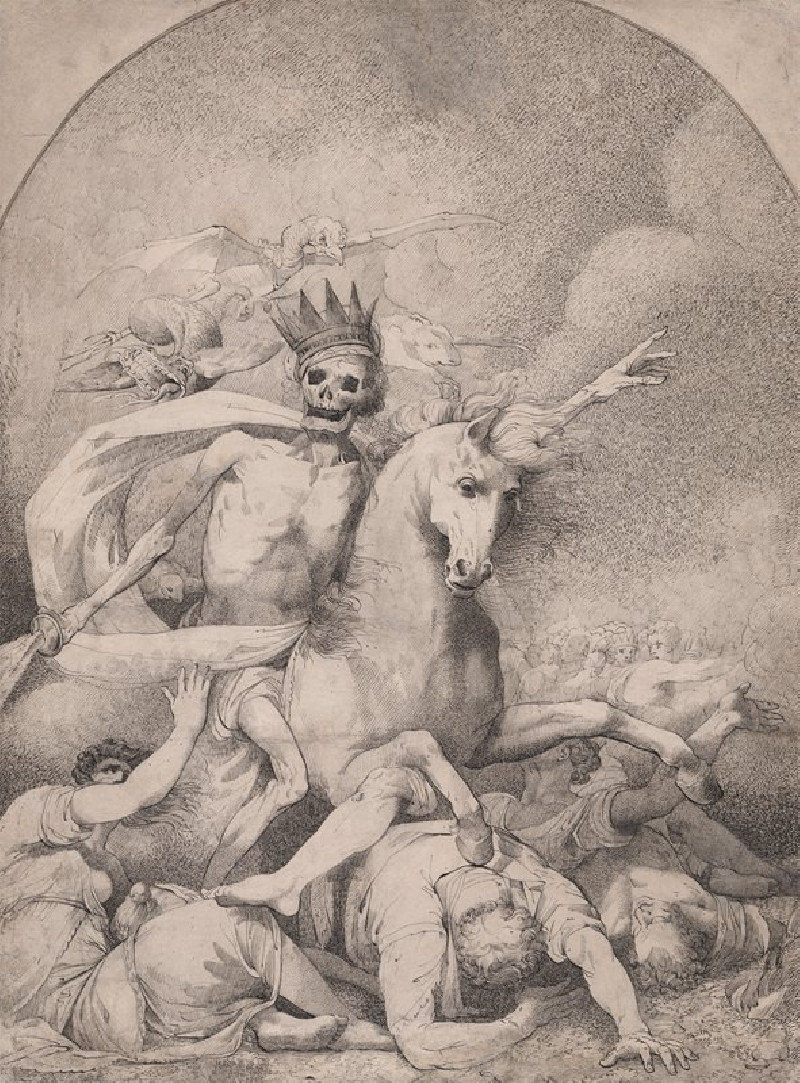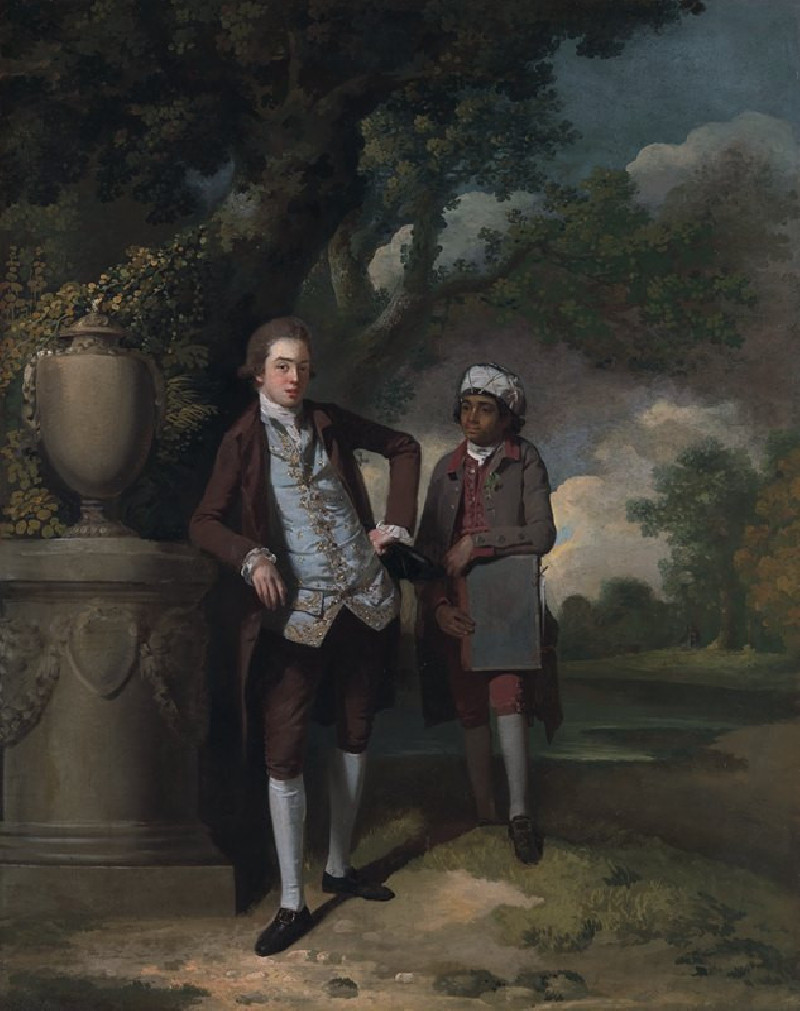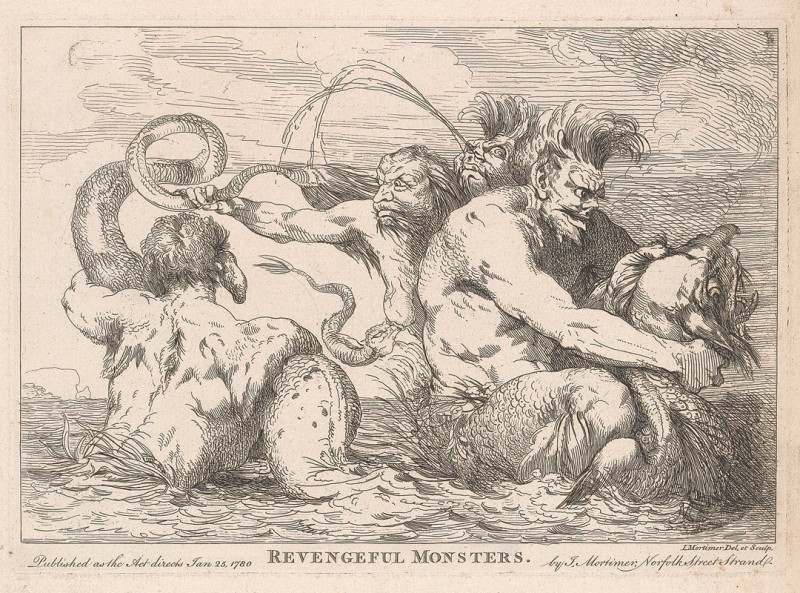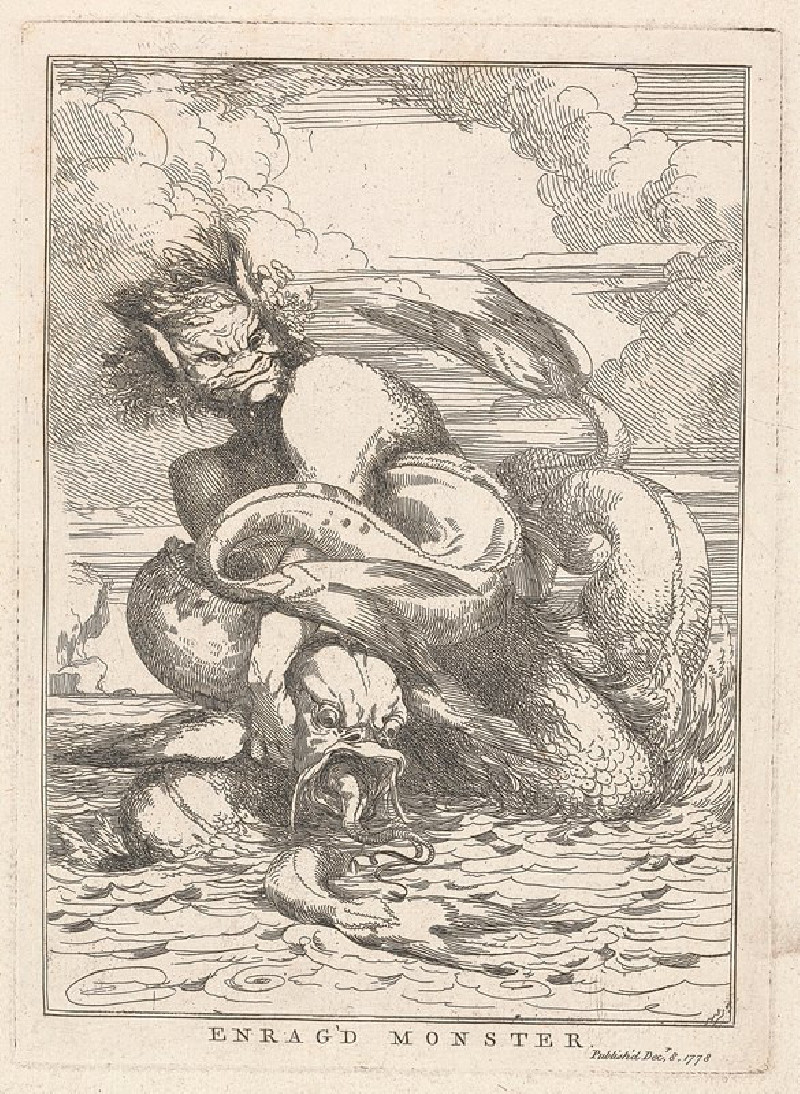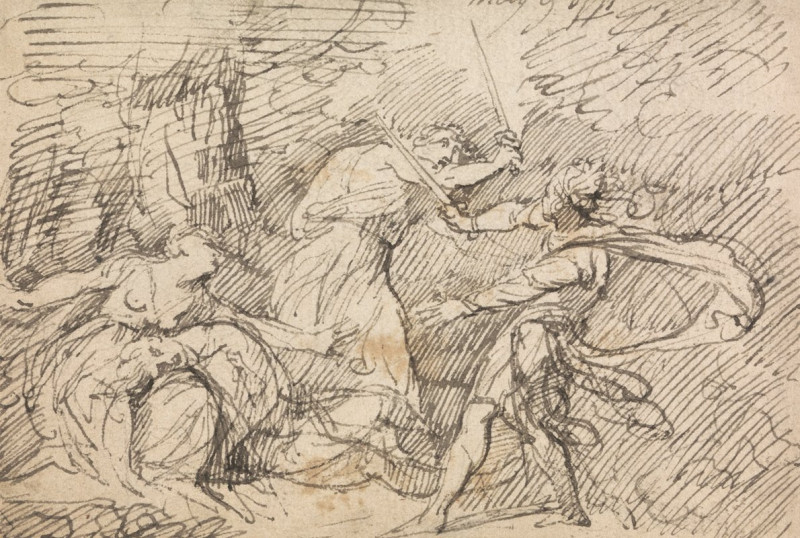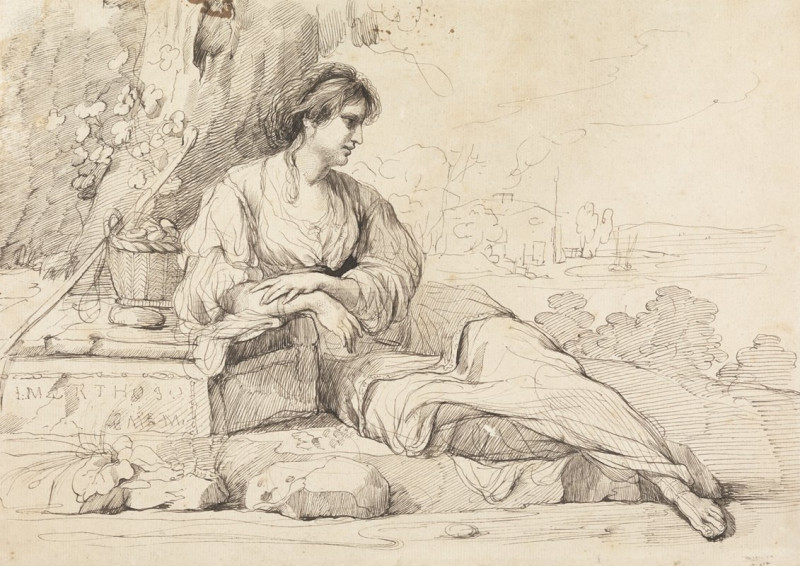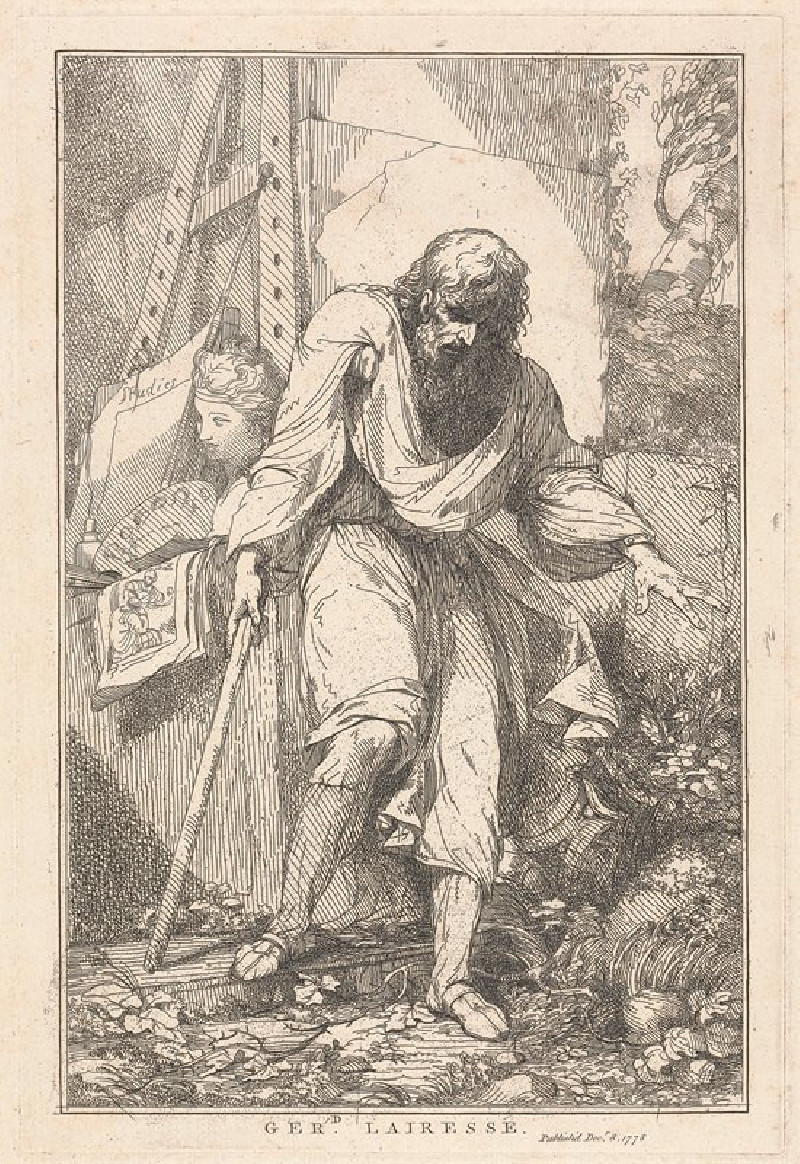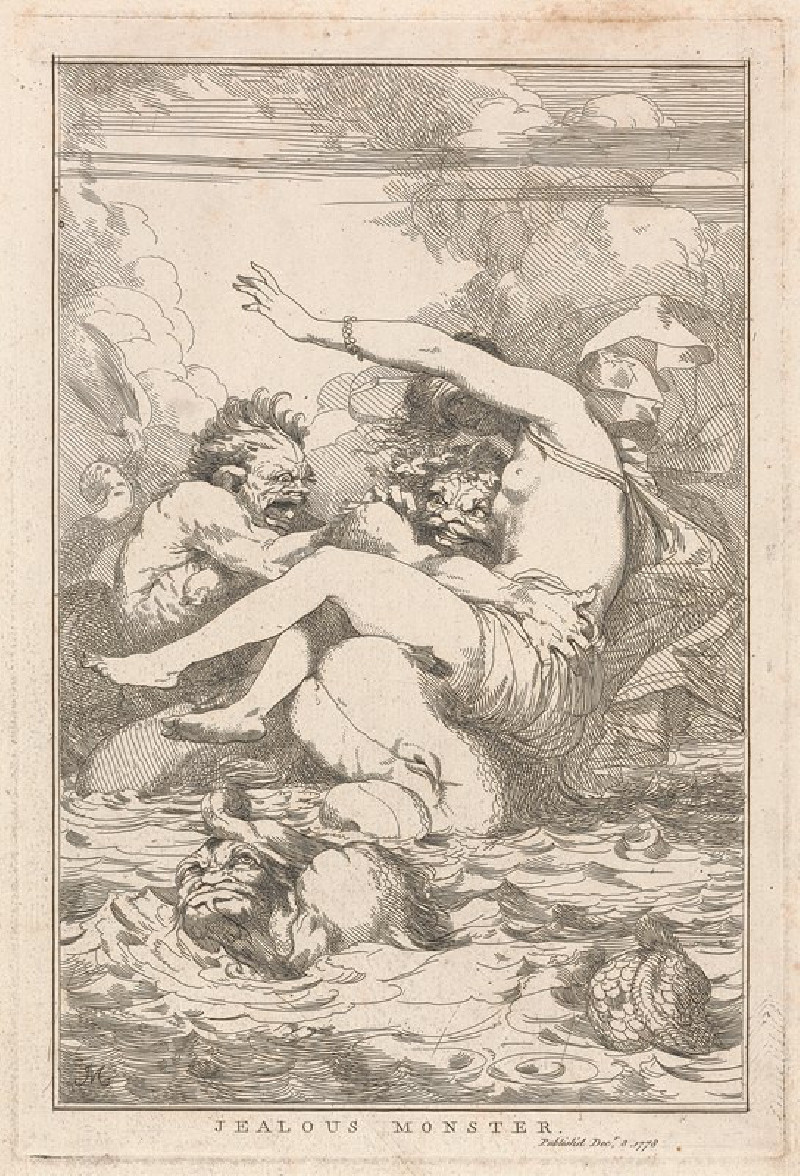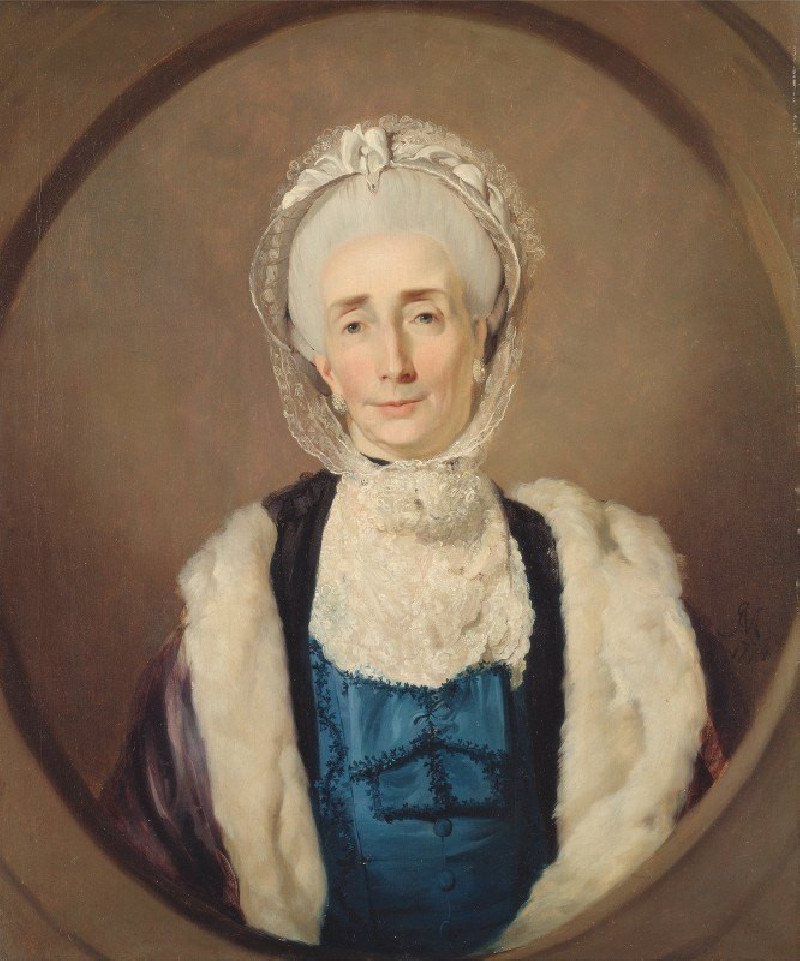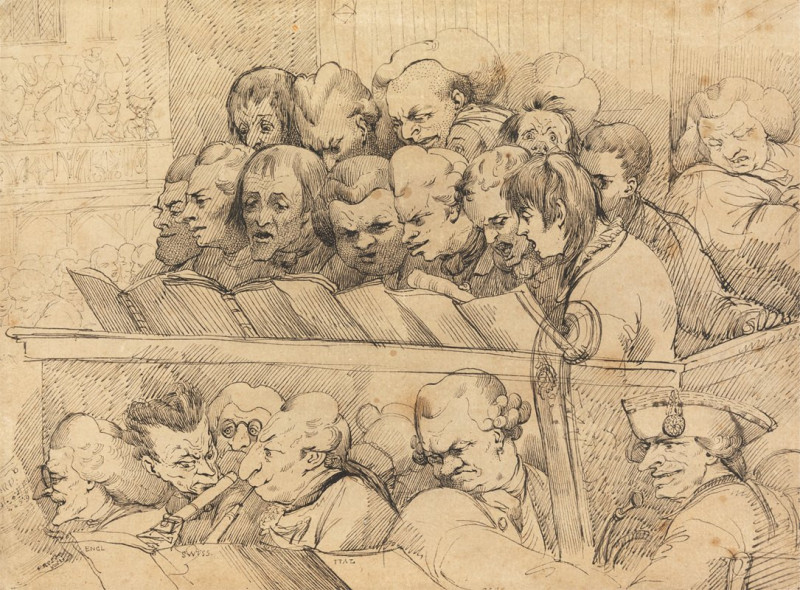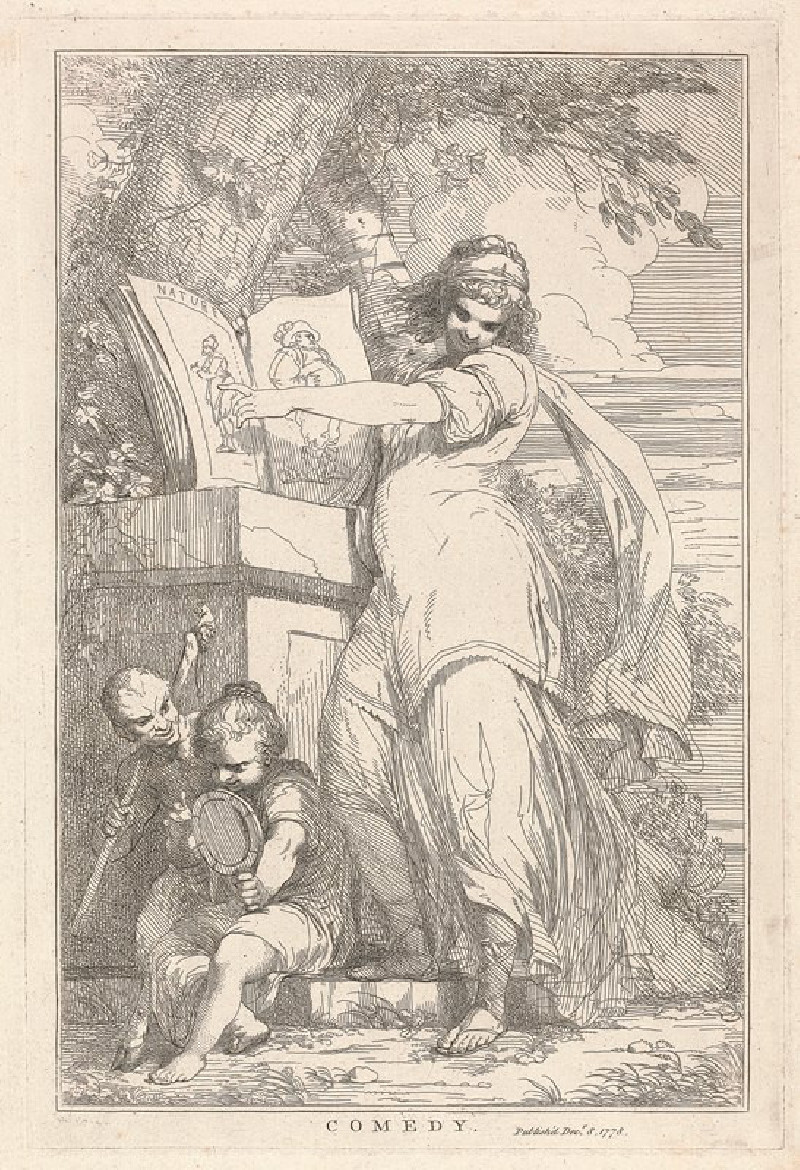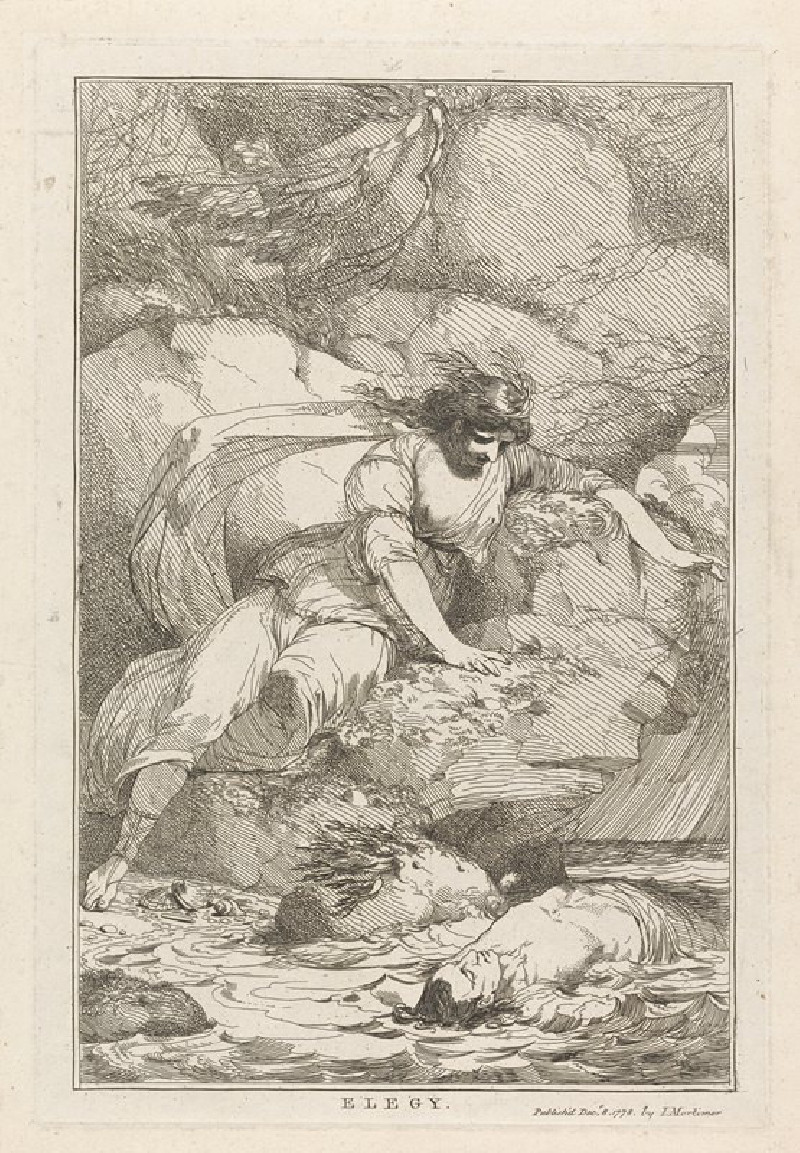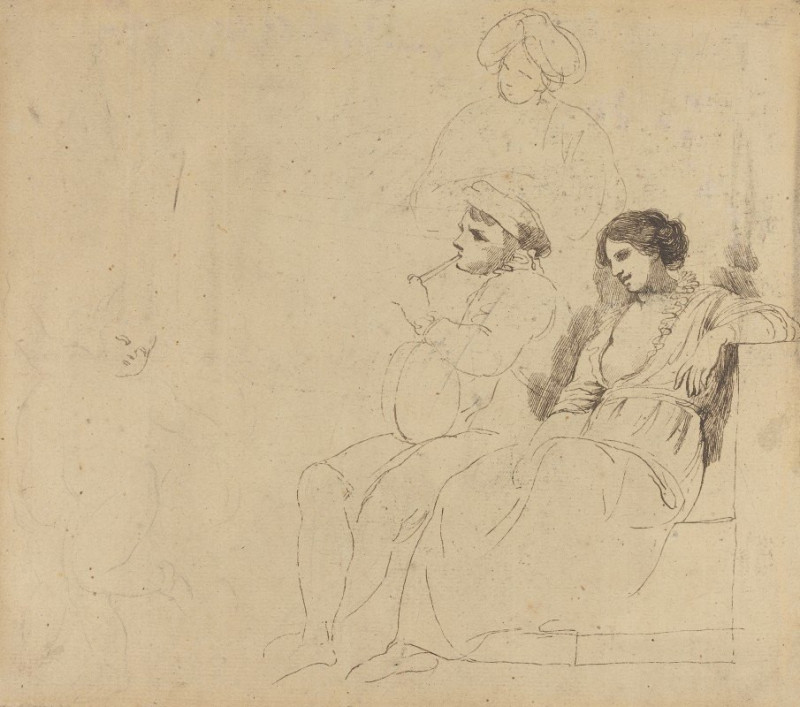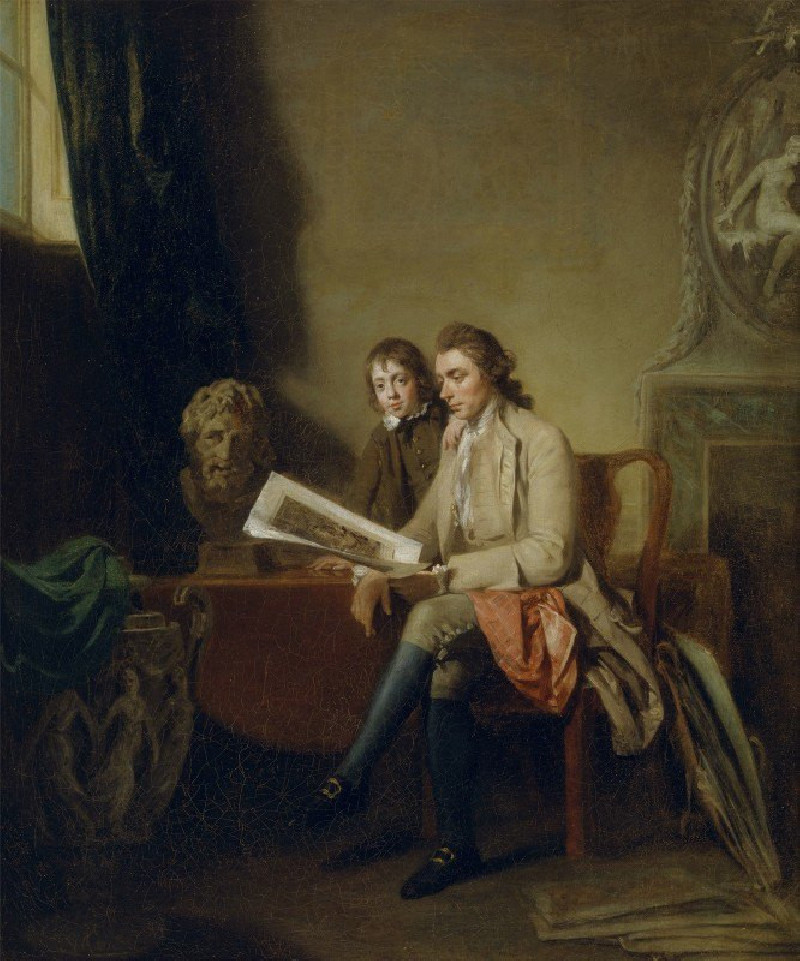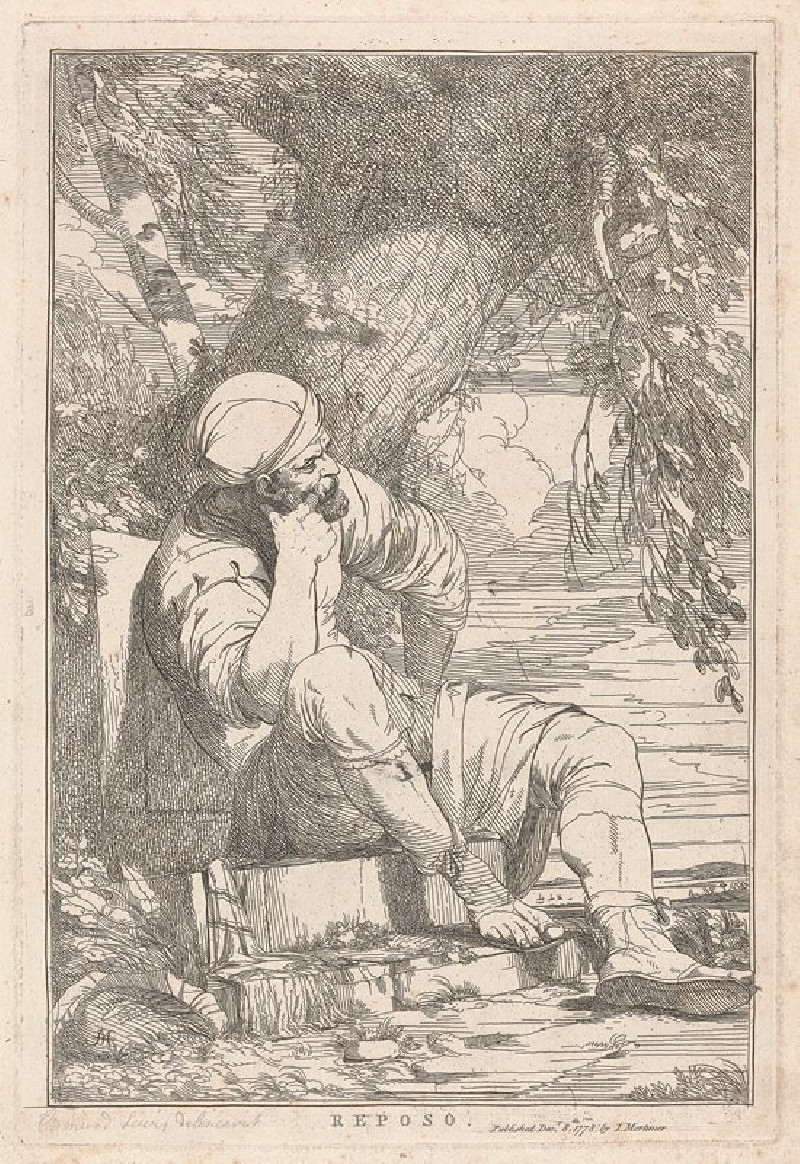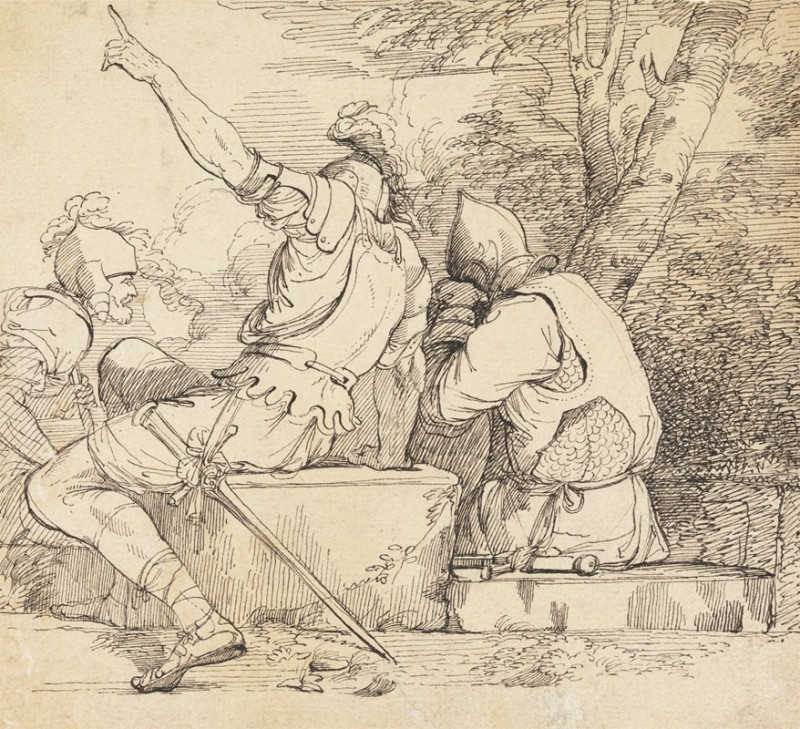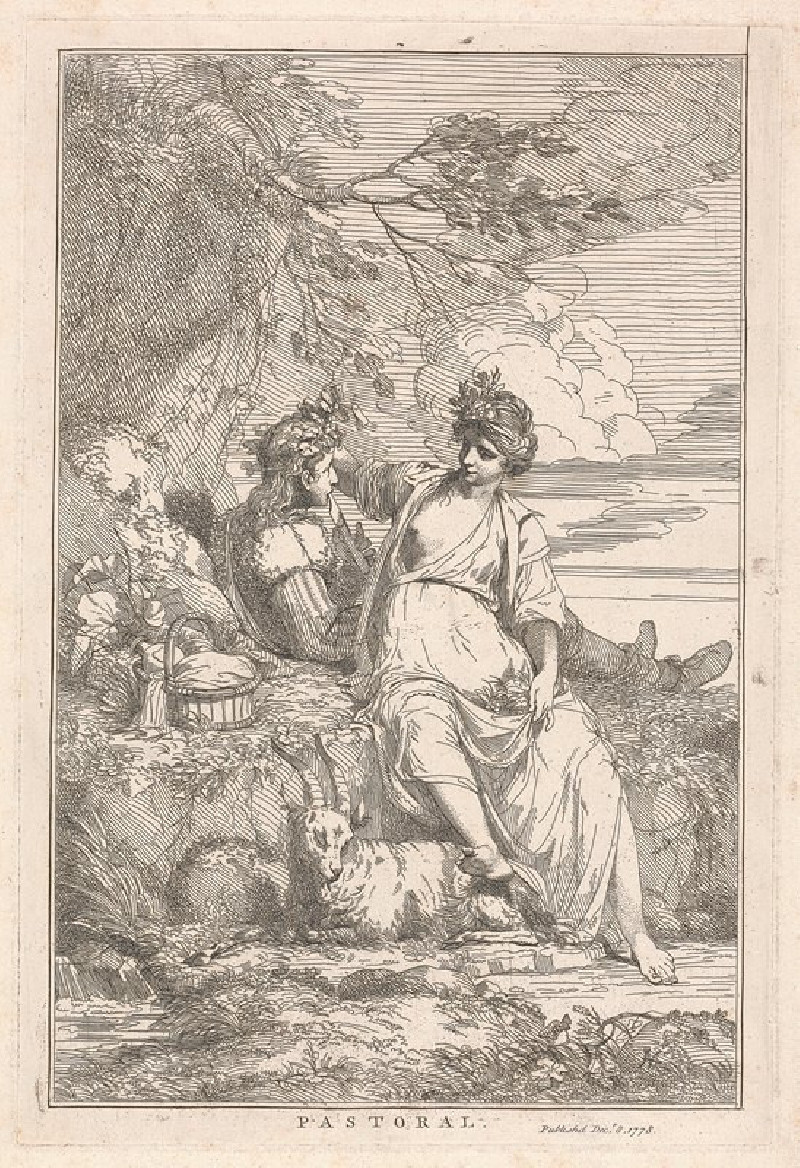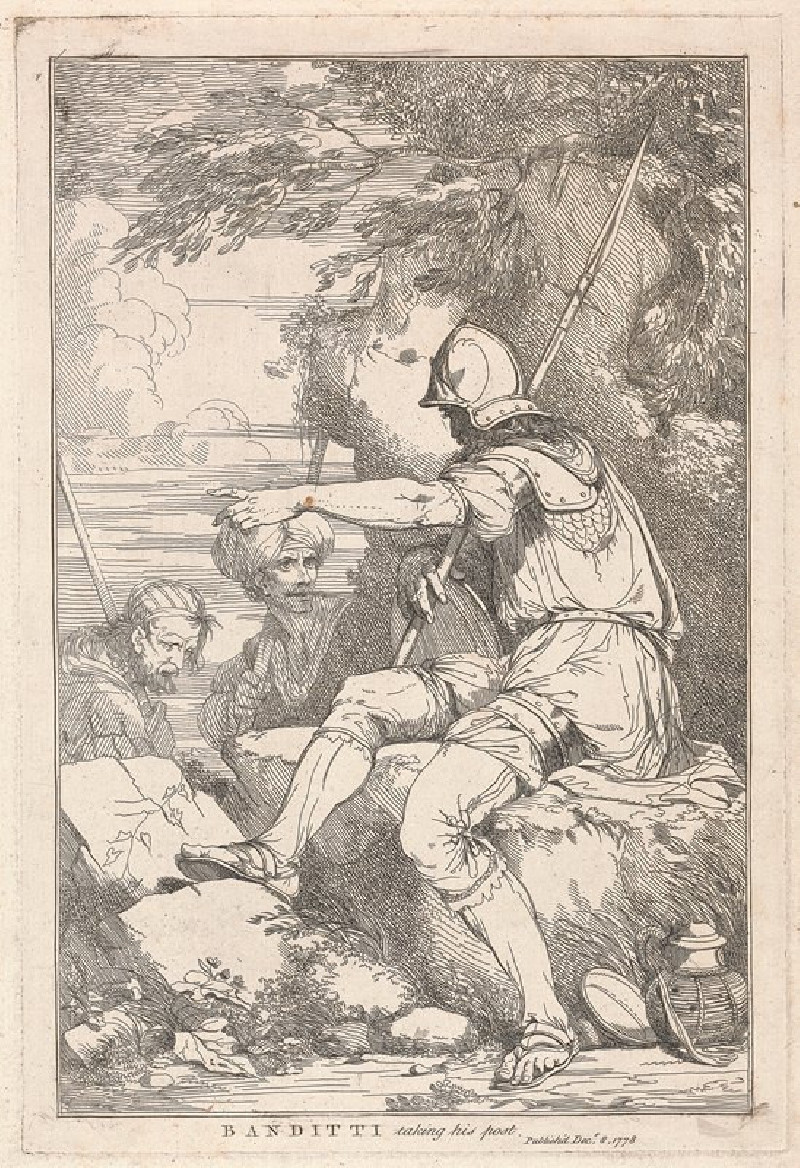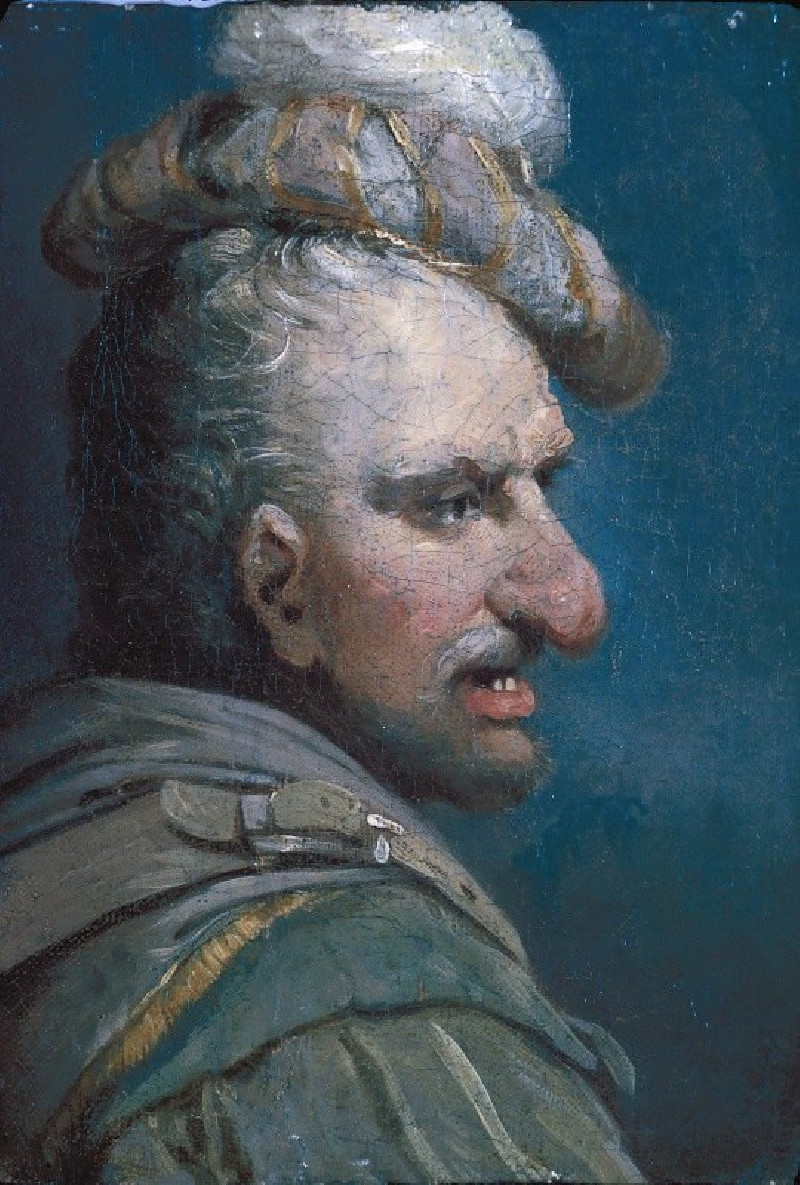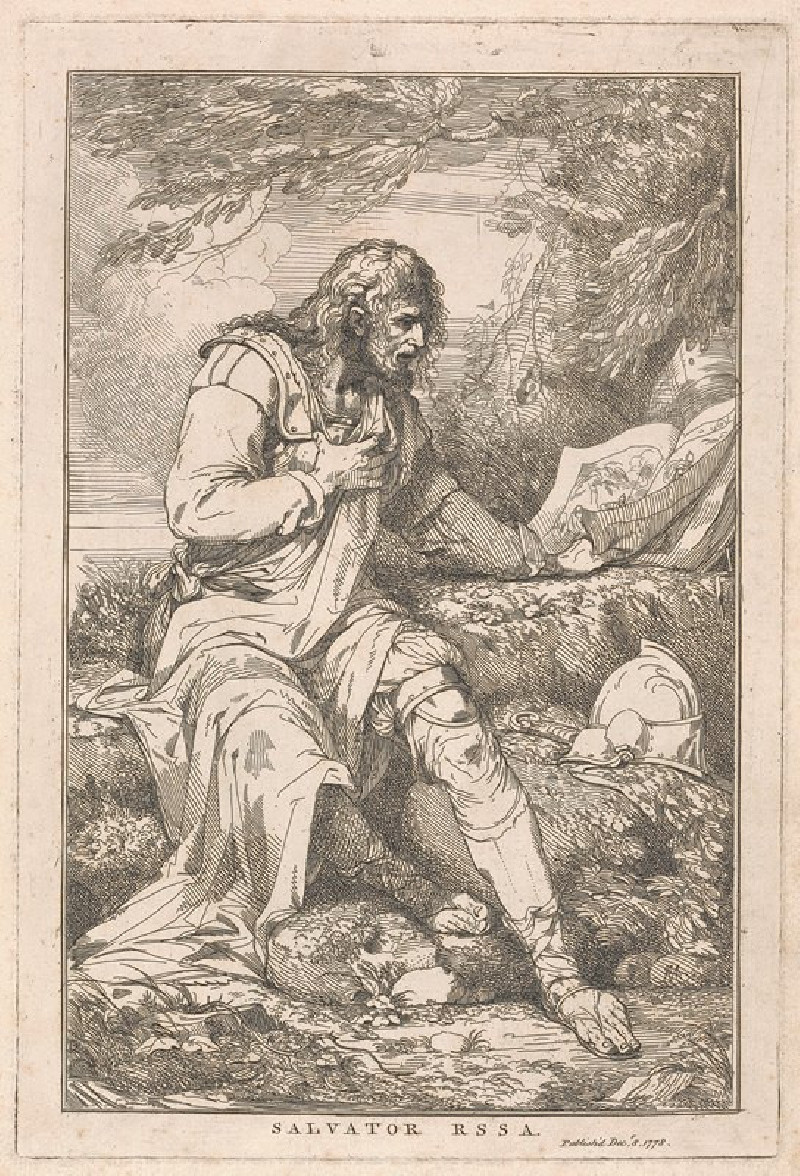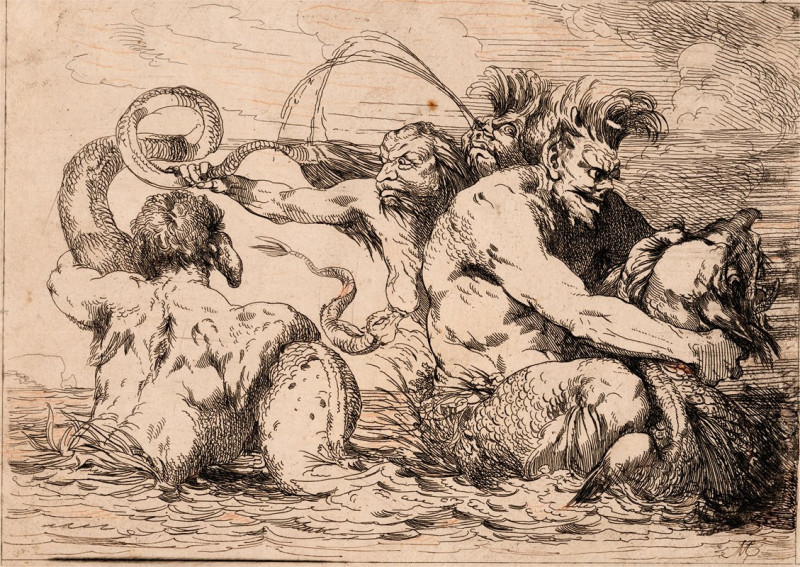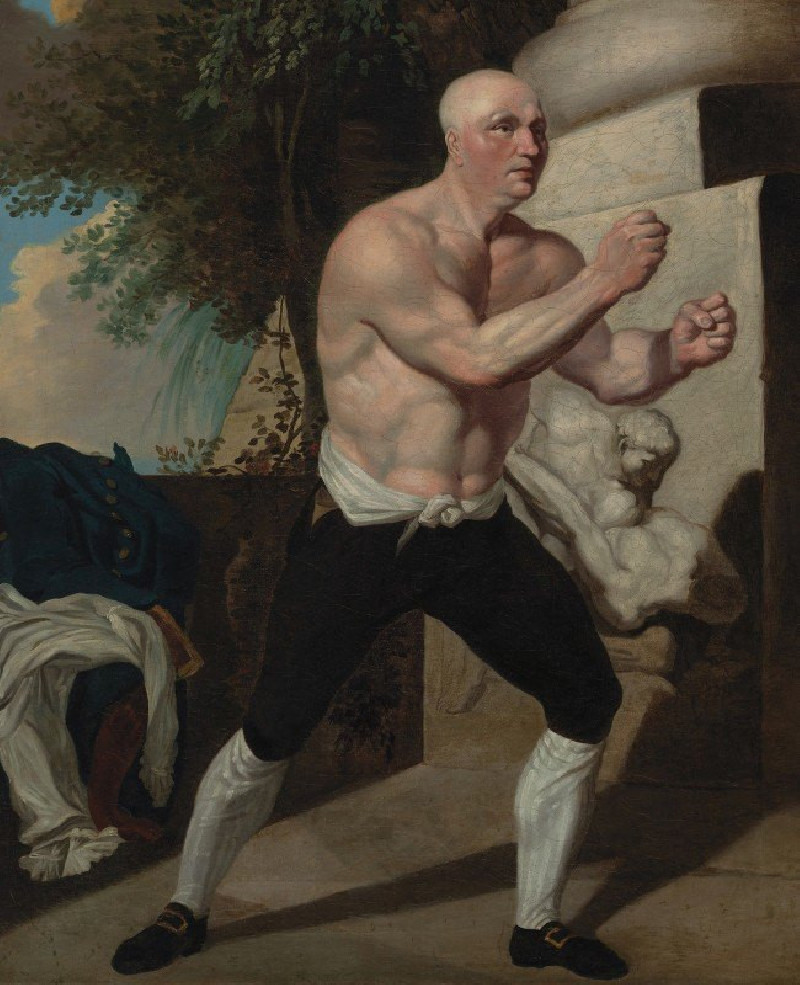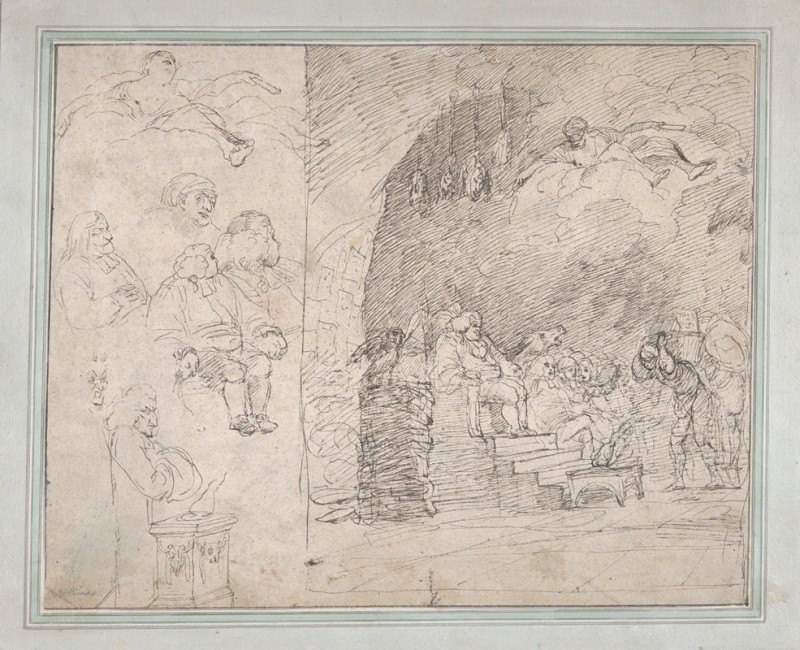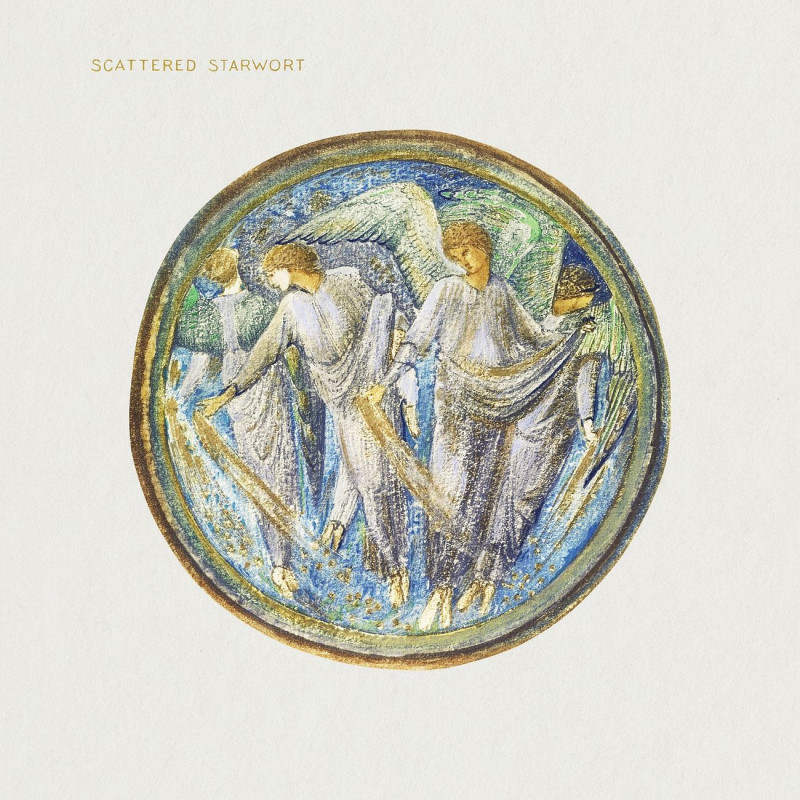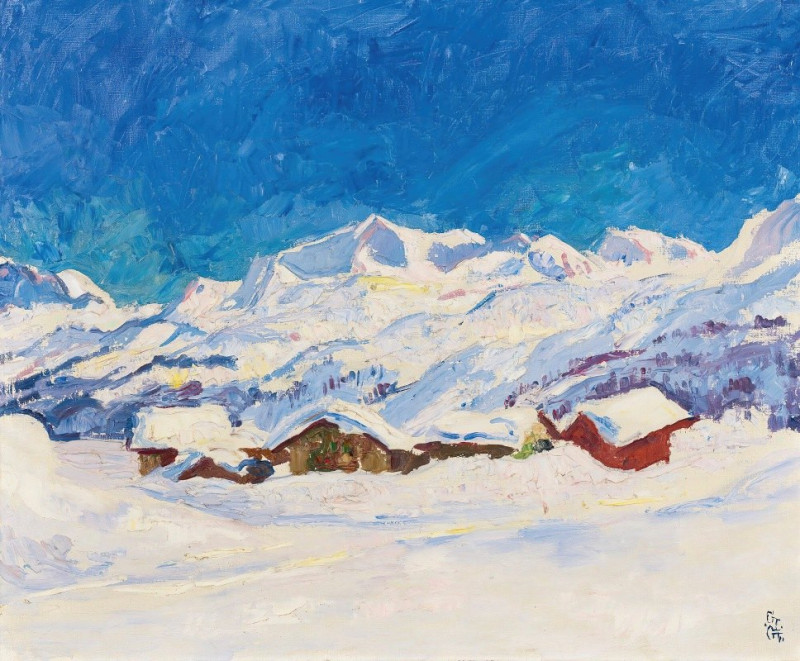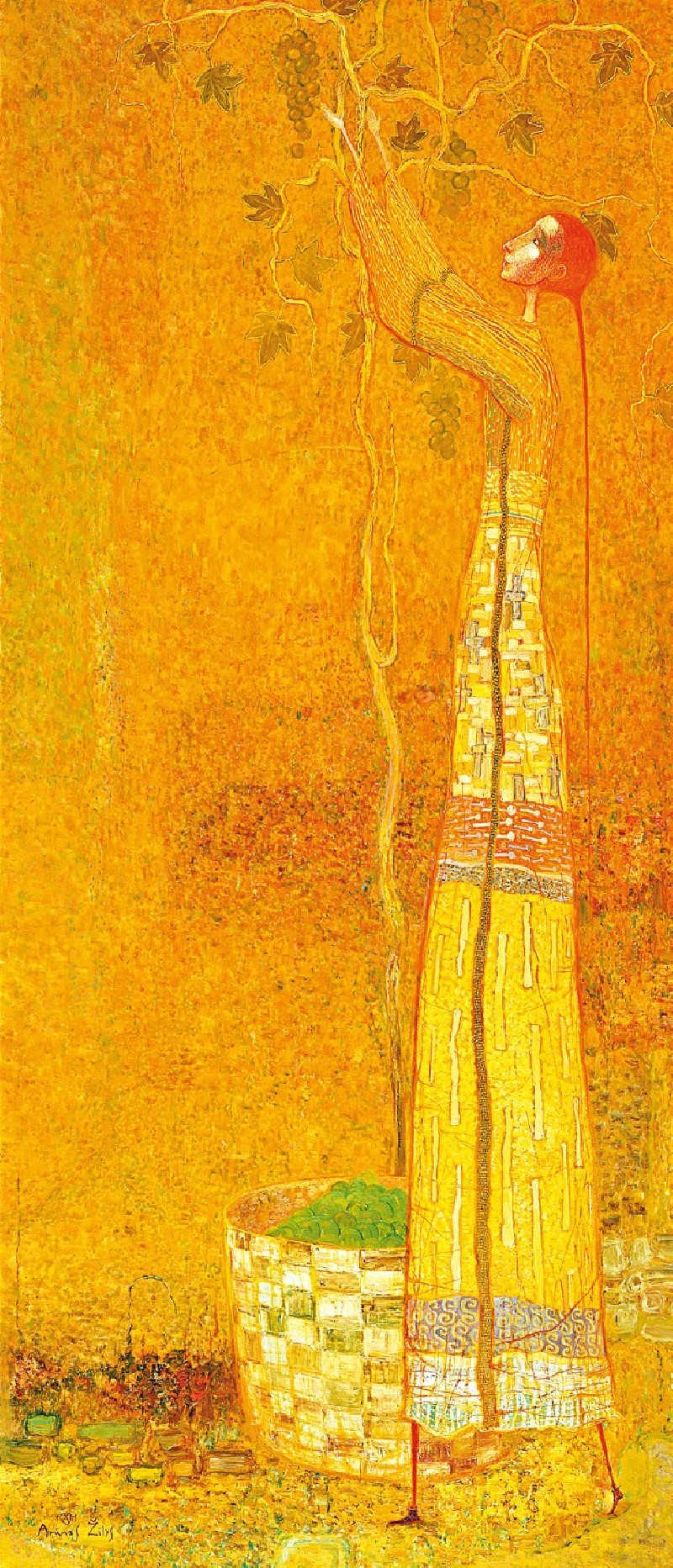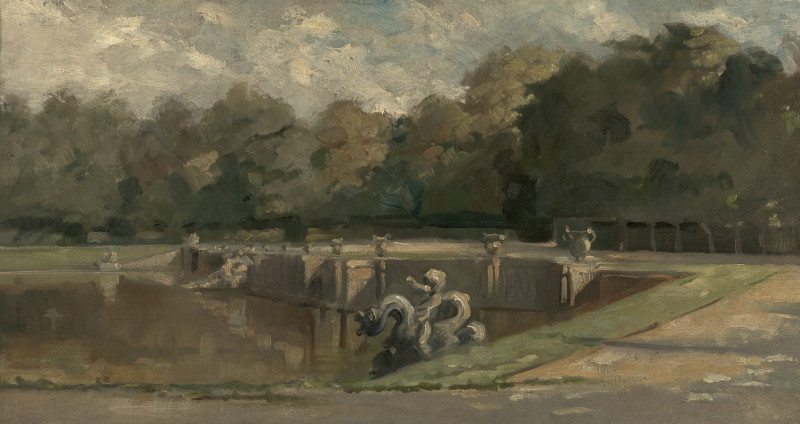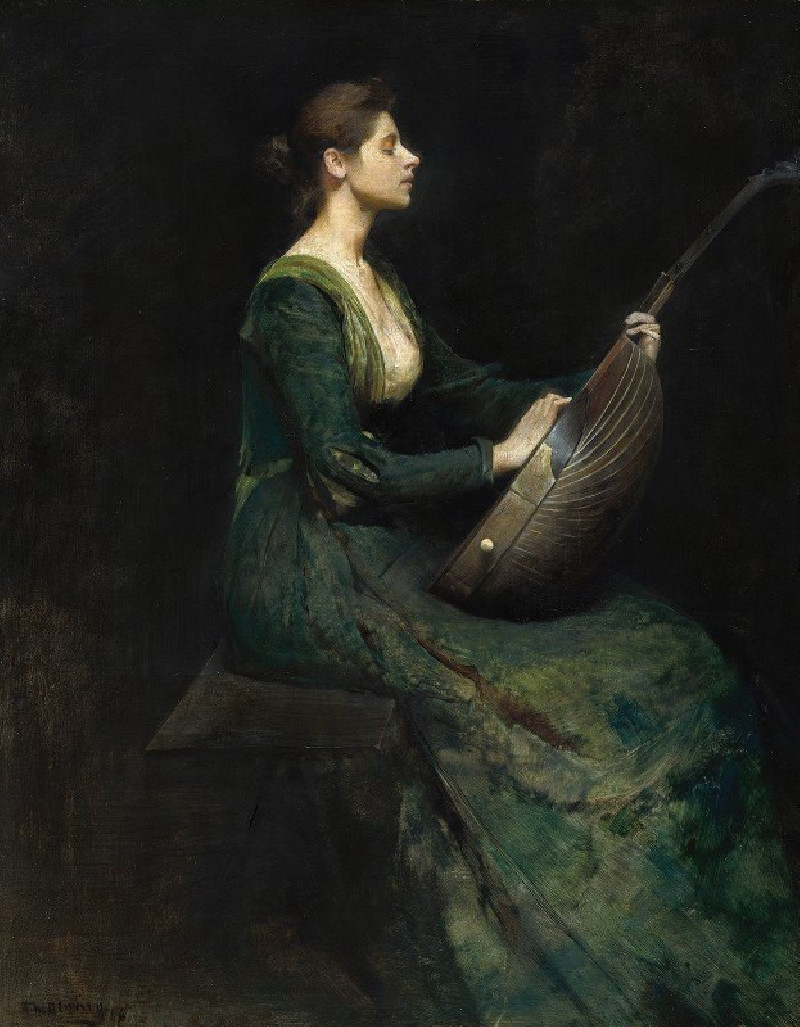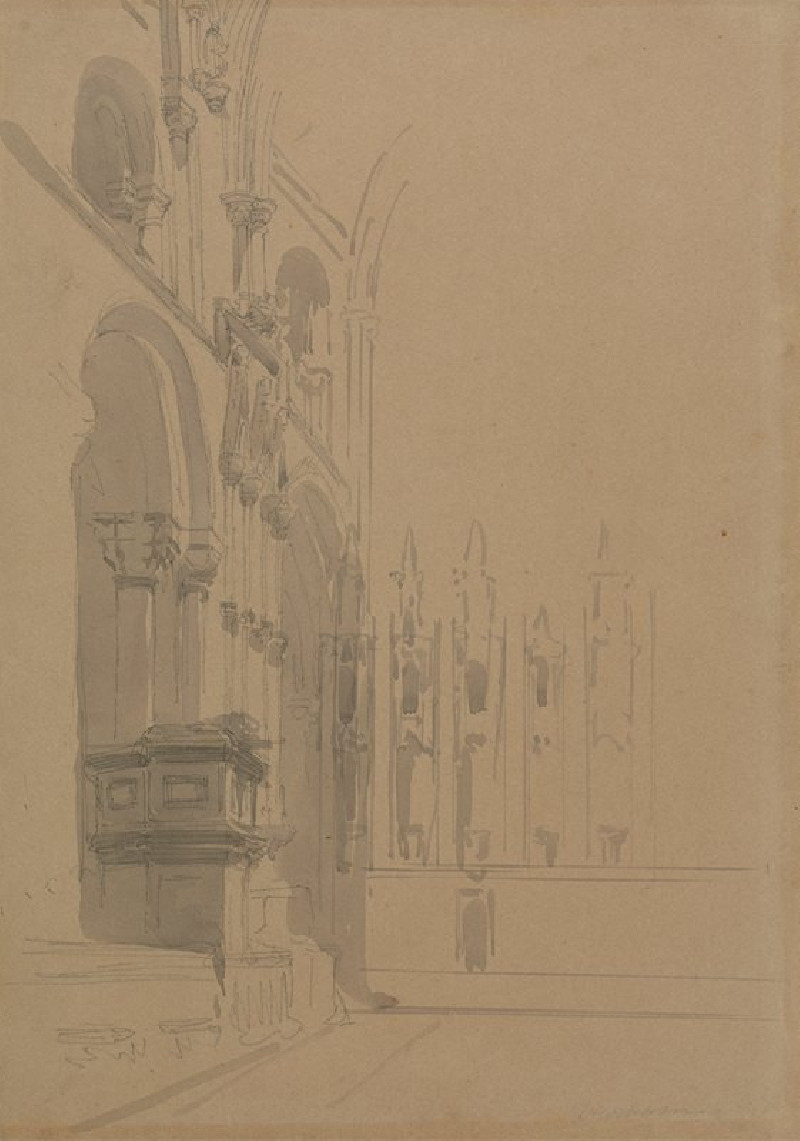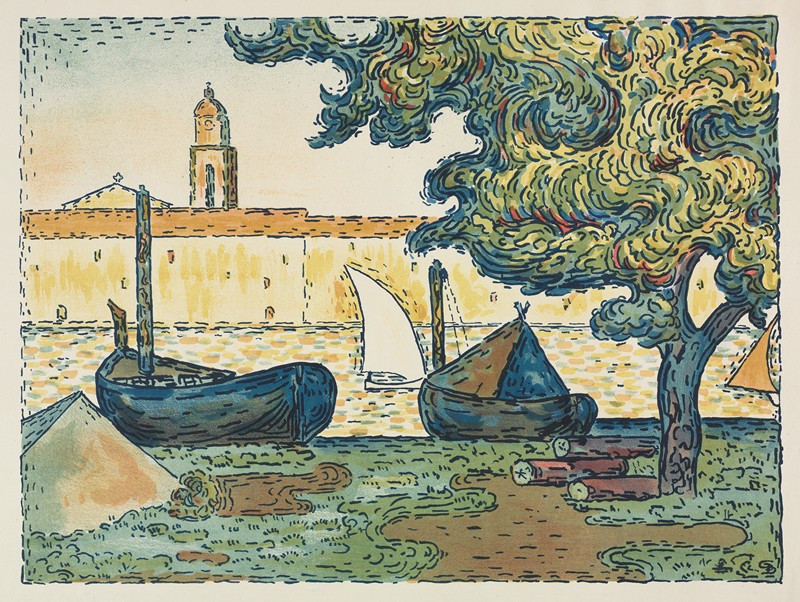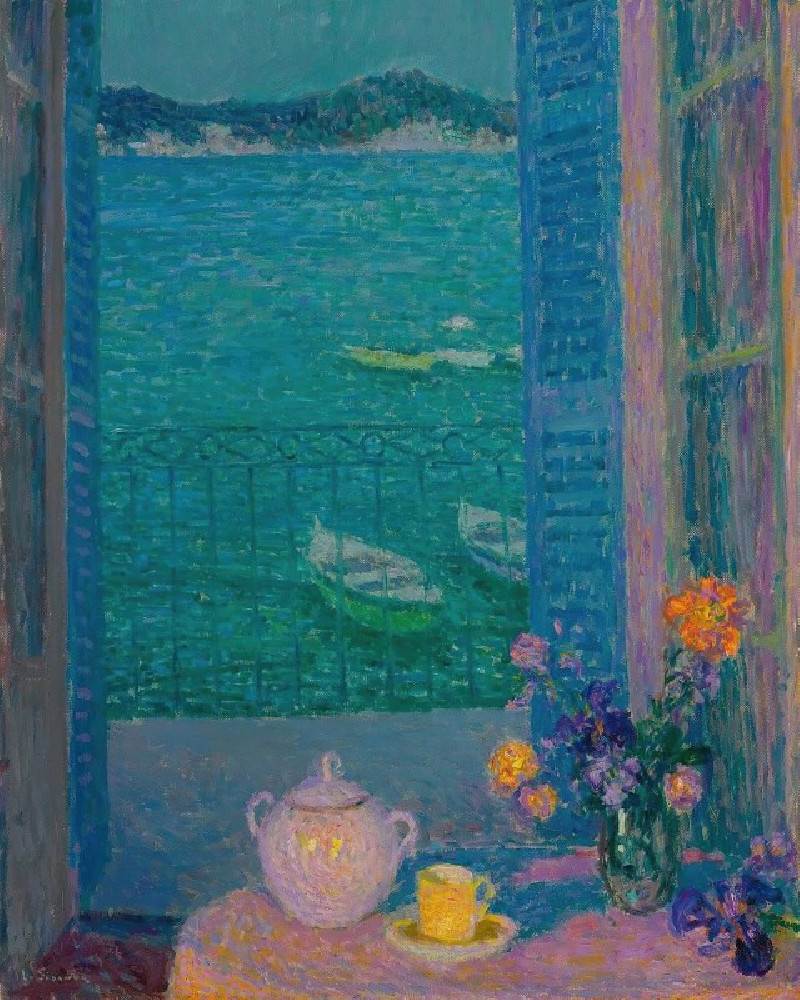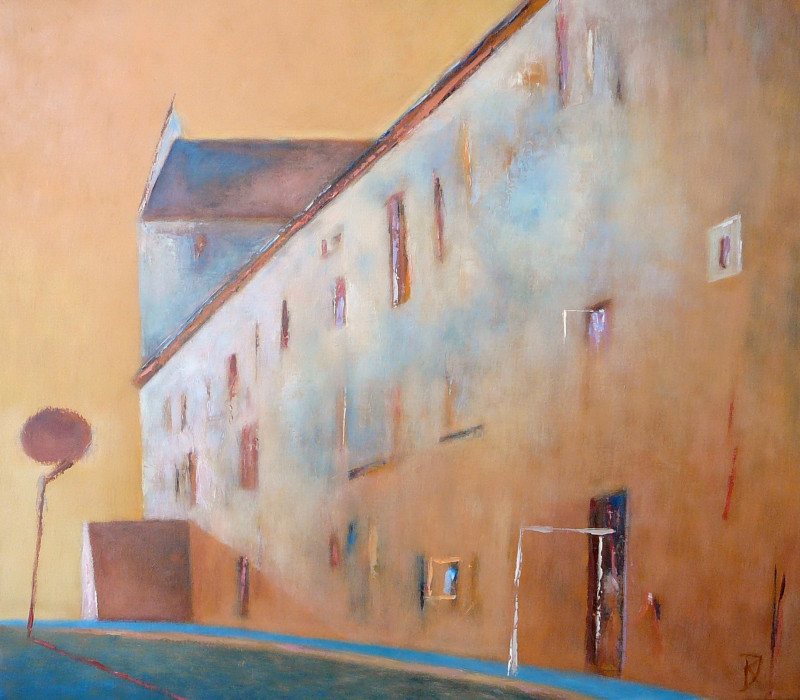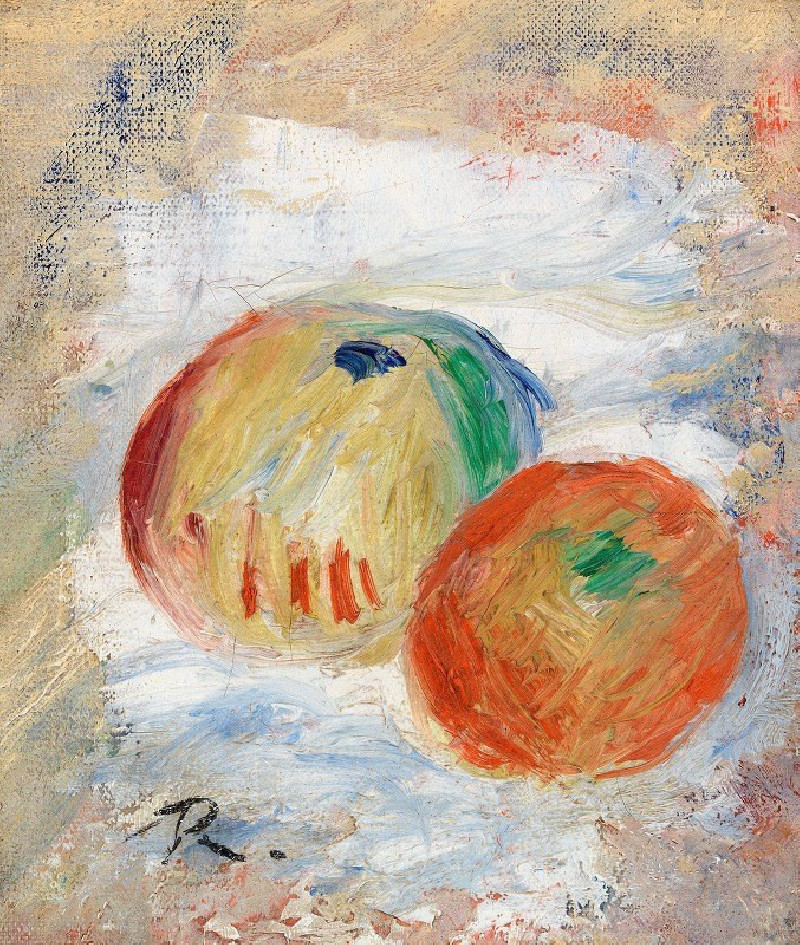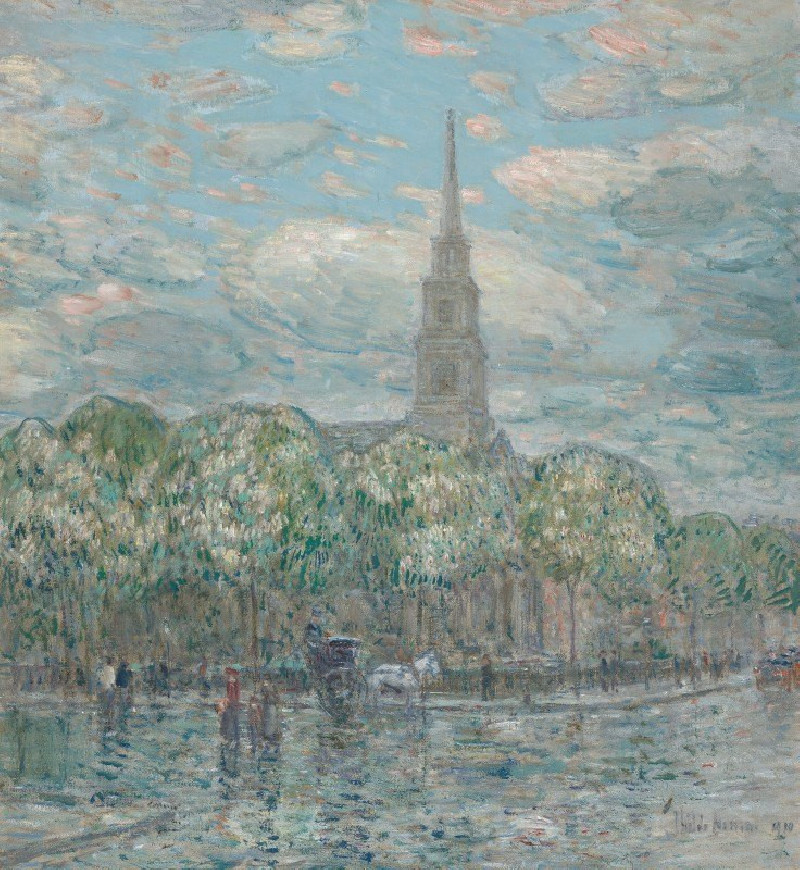Captain of Banditti sending out a party (1778)
Technique: Giclée quality print
Recommended by our customers
More about this artwork
We invite you to explore the captivating work of John Hamilton Mortimer, a preeminent artist of the 18th century, known for his dramatic representations and keen interest in the macabre and adventurous. One of his notable works, "Captain of Banditti Sending Out a Party" (1778), encapsulates the essence of romantic drama that Mortimer masterfully portrayed through his art.This detailed engraving depicts a scene charged with movement and narrative tension. At the forefront, we see a formidable figure, the captain of banditti, standing commandingly with one arm outstretched, likely directing his followers. He is clothed in a historical costume that suggests a setting in the past, adding a sense of timelessness and mystery to the scene. Beside him, a subordinate bandit, dynamically posed as he leans forward, eagerly receives instructions or intelligence.The background is softly etched, featuring a landscape that hints at the vast, untamed wilderness in which these bandits operate—a common setting in Mortimer's work that reflects the tumultuous and uncertain times of his era. The composition's dynamic lines and detailed costuming pull the viewer into a narrative that is both specific in its moment and universal in its themes of leadership, loyalty, and the wildness of human nature outside societal norms.Through "Captain of Banditti Sending Out a Party," Mortimer not only showcases his skill with the etching needle but also his profound ability to weave complex stories that capture the imagination and provoke contemplation about the human condition and the darker sides of history.
Delivery
Returns
John Hamilton Mortimer was a British figure and landscape painter and printmaker, known for romantic paintings set in Italy, works depicting conversations, and works drawn in the 1770s portraying war scenes, similar to those of Salvator Rosa.
Mortimer became President of the Society of Artists in 1774, five years before his death at age 39.

